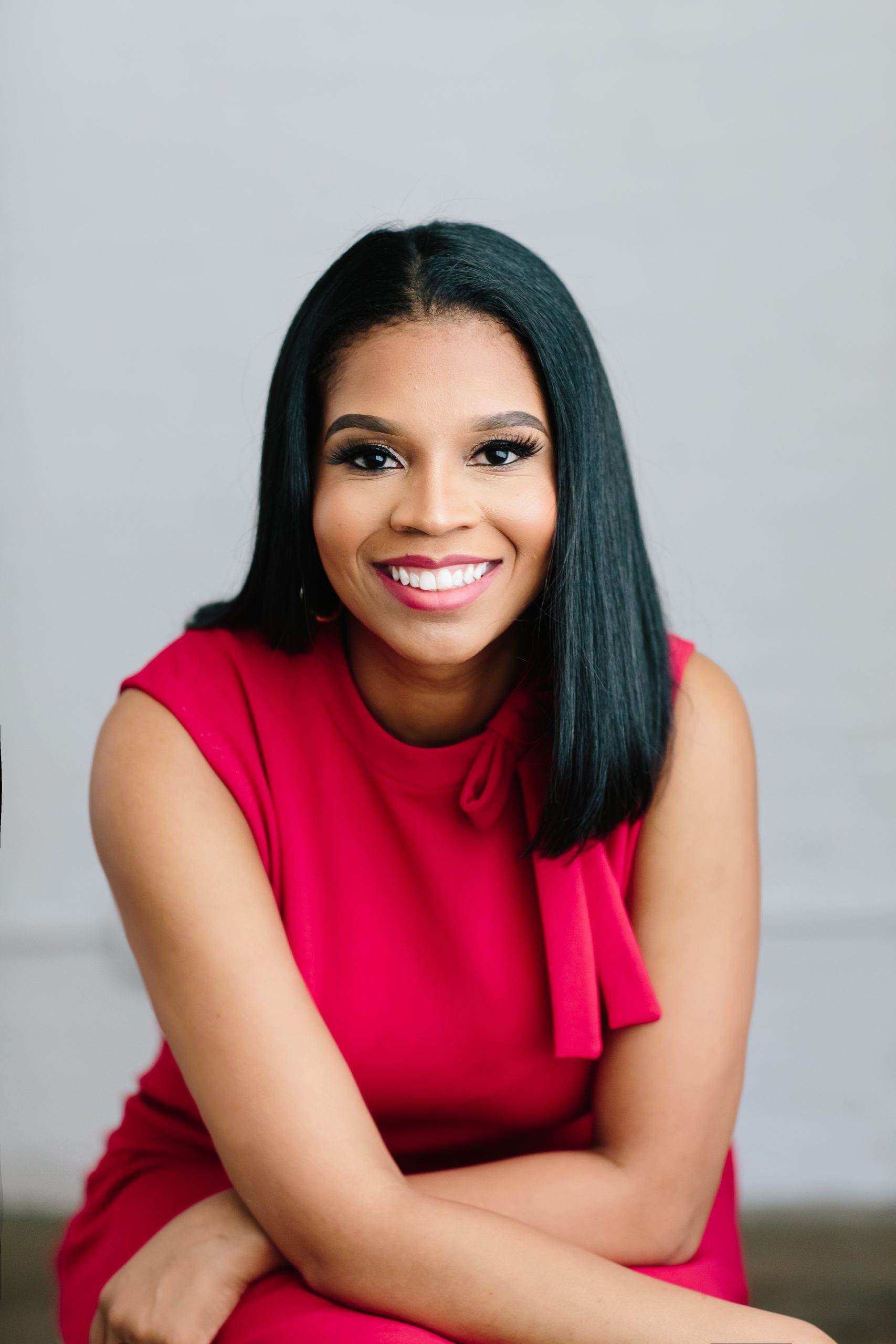Kanarys, Inc. is a technology company focused on transforming diversity, equity, and inclusion (DEI) work through data by providing the tools organizations need to create long-term systemic change. Kanarys CEO and Co-Founder Mandy Price discusses raising capital as a female founder and the need for more female representation in senior leadership roles.

This Q&A is a part of an ongoing series of DRC interviews with representatives from our member organizations and partners.
Q: Tell us about your experience raising capital as a Black female founder of a Dallas-based tech company and major obstacles that remain for other female founders?
A: After founding Kanarys in 2018, I encountered numerous challenges that many entrepreneurs like myself face. I was born and raised in Dallas-Fort Worth, and I was excited about the opportunity to launch and grow Kanarys in such a great market, especially after having a successful career in the legal and business community here for so many years.
When I began fundraising for Kanarys, I realized that for such a strong business market, my co-founders and I faced many challenges. While we were mostly offered mentorship from potential investors, what we were not offered was capital. Despite this, we’ve been fortunate to have recently closed our $3 million seed round, which brought our total amount raised to $4.6 million to date. This accomplishment has given us support in building a great product and team, but the majority of this funding came from outside of Dallas.
According to Crunchbase, startups with all-female founding teams drew an all-time-high 3.4% of all venture capital dollars in the U.S. in 2019. That declined to 2.3% in 2020. The ecosystem doesn’t always make room for women and underrepresented founders because venture capital is a network-based industry that works based on warm introductions. In addition to lack of access to the historically White and male-dominated VC networks, women and especially women of color have to face the hurdle of negative biases. I am encouraged by the recent focus in DFW on underrepresented founders and know that we are part of making much needed change.
Research has pointed to the different questions posed to male versus female entrepreneurs as a reason why women received five times less funding than their male counterparts. It found that 67% of the questions posed to male entrepreneurs were promotion-oriented, focusing on hopes, achievements, advancement, and ideals, while 66% of those posed to female entrepreneurs were prevention-oriented, focusing on safety, responsibility, security, and vigilance. A promotion question begets a promotion answer, and a prevention question begets a prevention answer. My co-founders and I tackled this by arming ourselves with data and practicing spinning “prevention” questions into “promotion” answers to establish confidence with VCs.
Q: What are the top reasons female representation in leadership is important?
A: Prioritizing female representation in leadership isn’t just the right thing to do; it also makes good business sense. There’s a growing amount of research that shows a strong correlation between board diversity and business growth; in fact, according to research from BoardReady, companies with more than 30% board seats held by women experienced 54% revenue growth in comparison to the 45% revenue growth experienced by companies with less than 20% board seats held by women. Research has also shown that closing the gender gap can even increase GDP by an average of 35%. In addition to business growth and financial gains, female leadership has been positively linked to a number of other factors, including increased productivity, enhanced collaboration, organizational dedication, and decreased employee burnout.
Q: While women are gaining ground in senior leadership roles and board appointments, there are still major barriers. What are some of those barriers and ways they can be overcome?
A: One of the major barriers is the “shecession” –the pandemic forced nearly three million women to drop out of the workforce in the last year, leading to even fewer women in leadership positions and setting women back years on progress. As companies evaluate their return-to-work plans, they need to consider how to provide support for women in the workplace and give them the flexibility they may need to care for their children and families. Companies should survey their employees to find out what they really need. They should also reexamine the policies and programs they have in place to see if they’re providing the necessary support so women and caregivers can stay in the workforce.
Another barrier is women aren’t advancing into manager-level roles, and according to McKinsey, “for every 100 men promoted to manager, only 85 women were promoted – and this gap was even larger for some women: only 58 Black women and 71 Latinas were promoted.” Women are getting stuck in entry-level roles leaving fewer women to advance to senior-level management positions. Companies need to examine their policies and procedures around their promotion process to level the playing field and get more women into first-level management.
It’s especially important to call out that these barriers are even higher for Black women as they’re promoted more slowly than other groups of employees and are significantly underrepresented in leadership positions. Companies need to provide better support for Black women by addressing their specific challenges and barriers in the workplace. When assessing their employees’ experience in the workplace, companies need to make sure they’re focusing on the intersectionality of various identities.
Overall, companies must support women in their workplaces to ensure they stay in the workforce. They also must examine their systems, policies, and procedures to ensure the playing field is level for these women so they’re able to equally advance through the ranks.